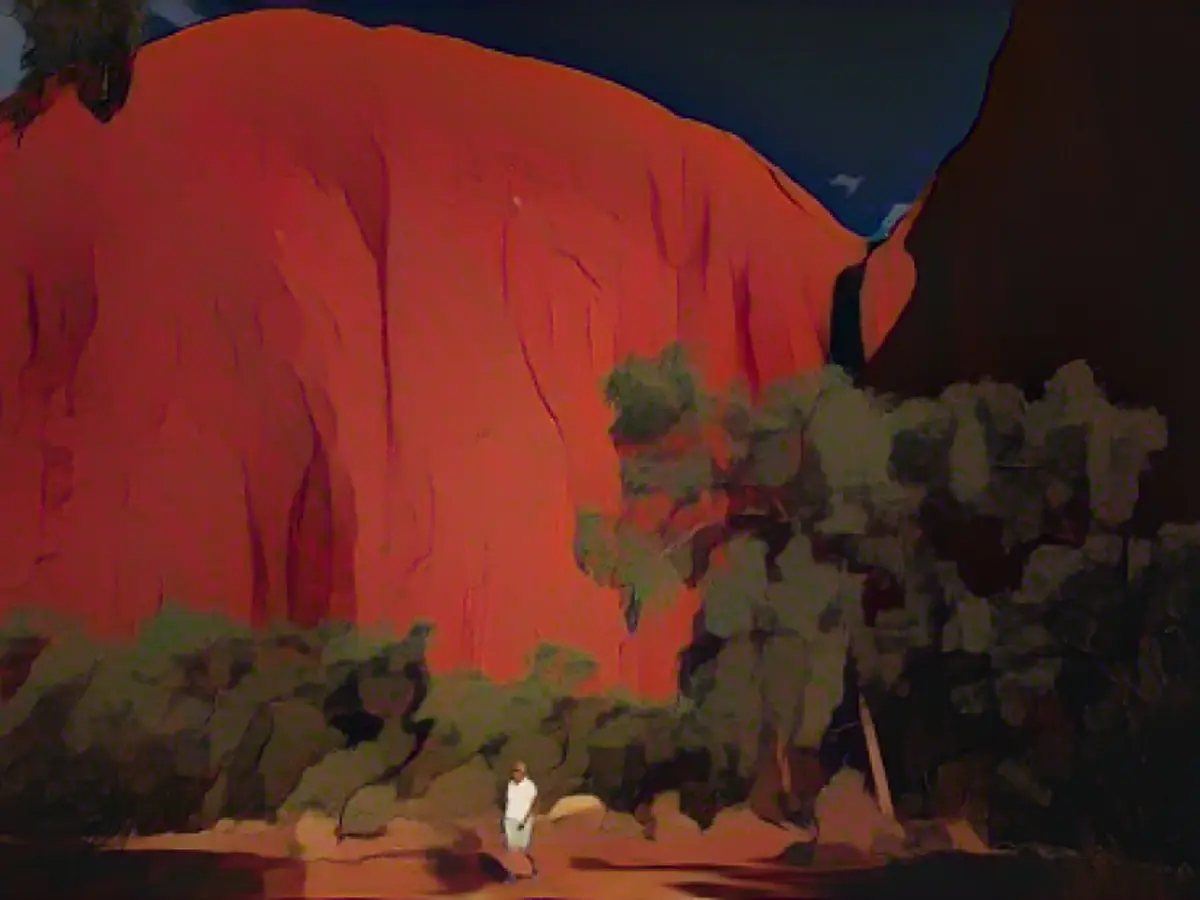Uluru's Climb Ban in October 2019: A Symbolic Anniversary
The Uluru-Kata Tjuta National Park Board in Australia's Northern Territory decided unanimously to ban climbing on Uluru starting October 2019. This decision coincided with a significant anniversary: the 34th anniversary of Uluru's return to its traditional Aboriginal owners, the Anangu people.
Uluru's Ascent: A Contentious Issue

Uluru has been a point of controversy for decades, with heated debates surrounding the ethics of climbing this sacred Aboriginal site. Despite the overwhelming popularity of climbing among tourists, many Anangu people felt disrespected by the activity and deemed it a violation of their cultural traditions.
By 2009, the park had released a recommendation for a complete ban on climbing, but the proposal was met with opposition, as some argued that such a decision would adversely impact Australia's tourism industry. Nevertheless, the number of climbers has been steadily declining, potentially due to safety concerns and increased awareness of cultural sensitivity.
The Reasons Behind the Ban
The Anangu people, who hold Uluru in deep spiritual and cultural significance, were instrumental in pushing for the ban. According to their traditions, the site is considered a sacred domain reserved for men. They believe that climbing disrupts the spiritual energy of the area and therefore insults the land.
The Anangu community, consisting of eight traditional landowners and three park representatives, outlined three criteria for areas to be closed to climbers:
- New tourism experiences are created
- Cultural and natural experiences hold high importance for visitors
- The number of climbers will account for less than 20% of total tourists in the region
The significance of these criteria lies in their commitment to preserving the cultural and environmental integrity of the area while ensuring visitors still have a meaningful and engaging experience.
Impact on Tourism

The climbing ban hasn't deterred tourism to the Uluru-Kata Tjuta National Park, which remains a sought-after destination for those interested in experiencing its rich cultural and natural significance. Visitors can still immerse themselves in Indigenous cultural experiences, guided tours, and the striking beauty of the desert landscape.
The climb may no longer be an option, but there are plenty of other ways to connect with the area's heritage, such as walking tours, artwork, and storytelling sessions led by Aboriginal guides. Ultimately, the climbing ban serves to pave the way for a more culturally sensitive and harmonious experience for visitors.
The Meaning of the Anniversary

The 26th of October 2019, the anniversary of Uluru's return to its original Anangu owners, held a special meaning for the community. This date served as a symbolic moment in the ongoing succession of protecting and honoring their sacred land.
The ban committed the Australian government to recognizing and respecting the voices and beliefs of Indigenous Australians, demonstrating a commitment to self-determination and unity between the wider community and Indigenous peoples.
In Conclusion
The closure of climbing at Uluru in October 2019 not only represents a significant milestone for the Anangu people but also lays the foundation for more respectful and sustainable tourism practices. By moving towards culturally sensitive and enriching experiences, visitors can appreciate the rich history and timeless beauty of Uluru without breaching the delicate balance between spiritual significance and modern curiosity.








